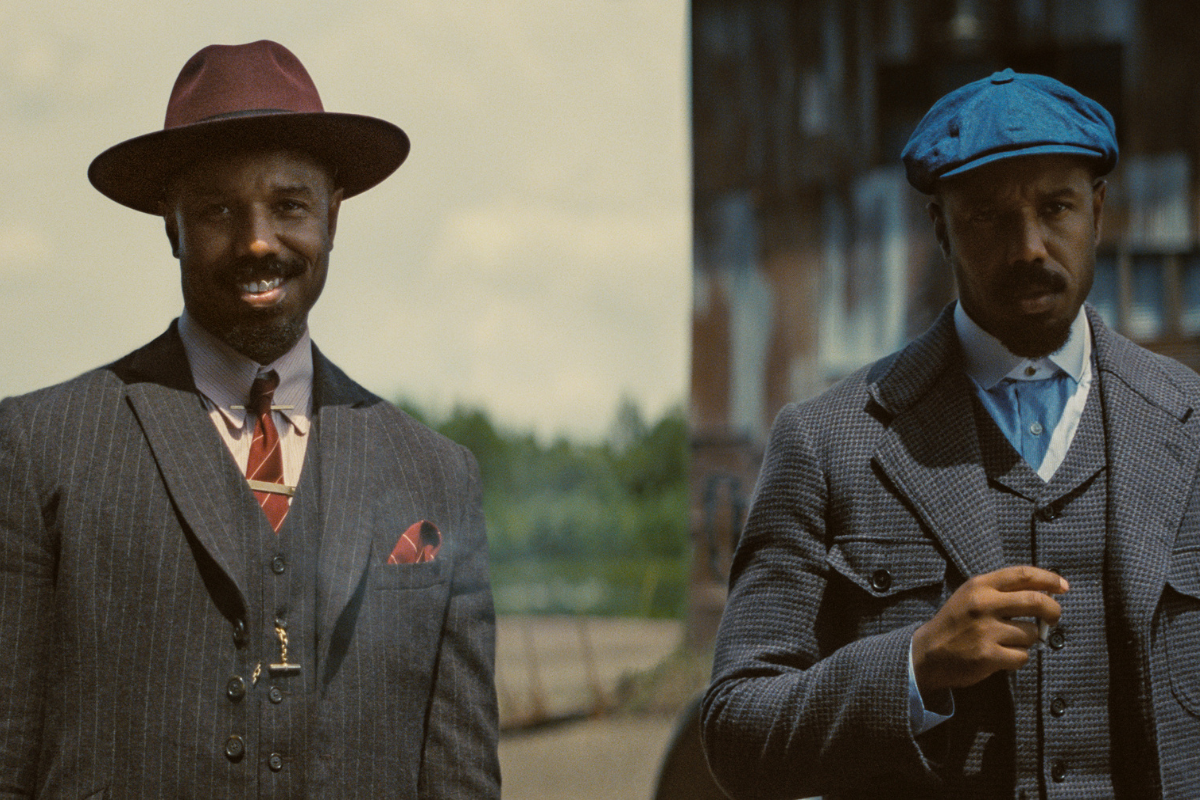Offering Possibilities, Not Paint by Numbers
We don’t dictate the path forward, as much as we try to empower the client to make wise, well-thought-out decisions.
When a story analyst is presented with a draft of a creative project, they can respond in multiple ways. As experience has routinely shown, some responses are more helpful than others. For instance, a reader can share their observations, describing what they feel to be the stronger and/or weaker points of the text. A more experienced reader, however, will also offer suggestions, voicing a couple different options for how to revise the piece to make it more powerful. If done well, this provides the client with a clearer sense of how they might move forward.
Let’s take a little time to delve more deeply into the art of pitching story edits to clients. Like most artistic endeavors, there’s a delicate balance between two priorities that you need to hit just right. On the one hand, the role of a story analyst involves having a professional opinion and speaking your mind. No one’s paying you to hold your tongue.
On the other hand, being an analyst means serving others, and therefore recognizing that you will never be in the driver’s seat for the project. At most, an analyst can only be a “backseat driver” (and we all know how irksome that can feel when the ride is especially long). At best, an analyst is like the wise, yet minor character in an adventure book who helps the story’s protagonist find the map that will guide them towards a pile of long-awaited treasure.
The reader’s aim is to provide feedback that clearly outlines guardrails for future revisions that will prevent the script from falling askew, but at the same time still allows room for creative freedom and exploration in the development process. How does the reader accomplish such a feat? Like many skills, this will come with practice over time, but here are some strategies to keep in mind…
When it comes to working with a scribe, it’s useful to learn to think like a scribe. Story analysts who also routinely write and share their own content—regardless of medium or format—are often more skilled at creative dissection, because (among other reasons) they have experienced what it’s like to be on the receiving end of someone else’s critique. They know how it feels when the person across from them delivers notes that are constructive and expand their sense of where the story could go vs. notes that are close-minded and seem to stifle the project’s chance at life before it’s even taken its first few steps. So consider engaging with a writing workshop, or a periodic writers’ group to better understand what the process looks like from the other side of the table.
Additionally, scribes are often instructed to study produced titles that are comparable to their own tales. Do them a favor by helping them to get started. Brainstorm some comps that were well received and released within the last 5 years, then scour the internet for actual PDF copies of those scripts. Share one or two of them with the writer. When handing them over, emphasise what the previous authors did well, and what lessons on craft linger within the DNA of each text. By highlighting this link between the spirit of the comps and any story edit pitches, it can inspire the writer to new creative heights, rather than diminish them and their work. In my experience, taking this extra step for the other person has always been warmly appreciated.
Another tip is to ask questions. Getting a clearer sense of the client’s intentions will do wonders for offering more relevant editorial pitches. If the individual receiving feedback is the creator of the piece, you can check out my previous article on Script Magazine here for a list of thoughtful questions to bring to the conversation.
If the employer is someone who needs you to assess literary submissions that cross their desk (such as a busy executive at a studio), the types of questions to ask should all point to better understanding the production mandates of the company. Some examples include: What kinds of characters would they like to see more of? What specific tone are they looking for in new acquisitions? Does the company own any sound stages for production, and if so, where are they located? Perhaps screenplays that are naturally set in the same region or physical environment as those sound stages would, therefore, be more attractive for the company to consider? Once the client’s end goals are understood, offering up viable advice on what to do with the material next becomes easier.
Oftentimes, the mere act of suggesting multiple pitches to address a specific issue in the narrative is a welcome approach. For instance: are the stakes in the hero’s journey not high enough? Maybe the story is about a race car driver who wants to win, but the reader doesn’t feel a real need or pressure for this character to win first place. Why can’t they fail?
When providing critique, make it clear that there are a couple of different ways to improve this facet of the content. In this scenario: perhaps A) the protagonist owes a massive debt to gun-toting loan sharks, and the proceeds from winning can settle the debt and help the individual avoid physical harm. Or B) the cash prize can allow them to buy a new house for a beloved mentor back home who lost everything after a fire. Or C) maybe the driver comes from a marginalized community, and winning the race would prove to the wealthy naysayers that what matters most is courage and talent behind the wheel, not having the flashiest, most expensive paint job.
RELATED: How to Process Feedback On Your Work
The point is to offer open-ended possibilities, not just pithy, one-off demands for the project. The multiplicity of editorial pitches will signal to the wordsmith—or the executive in charge, as the case may be—that they have the freedom to pick and choose their game plan of how they might want to proceed and which solution to an issue they might like best. The modus operandi of the story analyst is to support a story’s growth, without putting it (or the client) in a straightjacket.
Moreover, when sharing various pitches for improving a project, it’s best to come at it with a light-handed approach. If a client doesn’t take a specific suggestion to heart, don’t be offended. Make it a point not to burn bridges in the workplace. It’s important to remember that the world is full of individual tastes and artistic sensibilities, so the reader’s take on how to address an issue in the draft is not gospel.
Whether the critique is for the author of the text, or a producing partner, or a publishing house, etc., the reader supports the client on their journey. We don’t dictate the path forward, as much as we try to empower the client to make wise, well-thought-out decisions.
If a reader manages to strike this balance between creative freedom and fences just right, their notes will be top-class. Not only will it shine a light on how to move forward with the material, it will also honor the creativity of the client. A client that feels supported, rather than caged, is far more likely to meet their creative challenges with inspiring breakthroughs. Plus, they’ll be more willing to return to you with further opportunities for work. Everyone wins, and the story will have lived to see another day, without having suffocated from over-controlling interference.
H. S. Fishbrook is a freelance writer and story analyst from LA who finds great joy in fostering stories that elevate thought, for both film and print. Her experience includes studying abroad at The Shakespeare Birthplace Trust in Stratford-upon-Avon and the Globe Theatre in London, which quickly fanned the flames of her love for dramatic storytelling. As a story analyst her biggest client to date is Amazon Studios, but she also enjoys supporting writers 1-on-1. To learn more about her and her work as a creative writing consultant for screenwriters and novelists, visit HSFishbrook.com.







